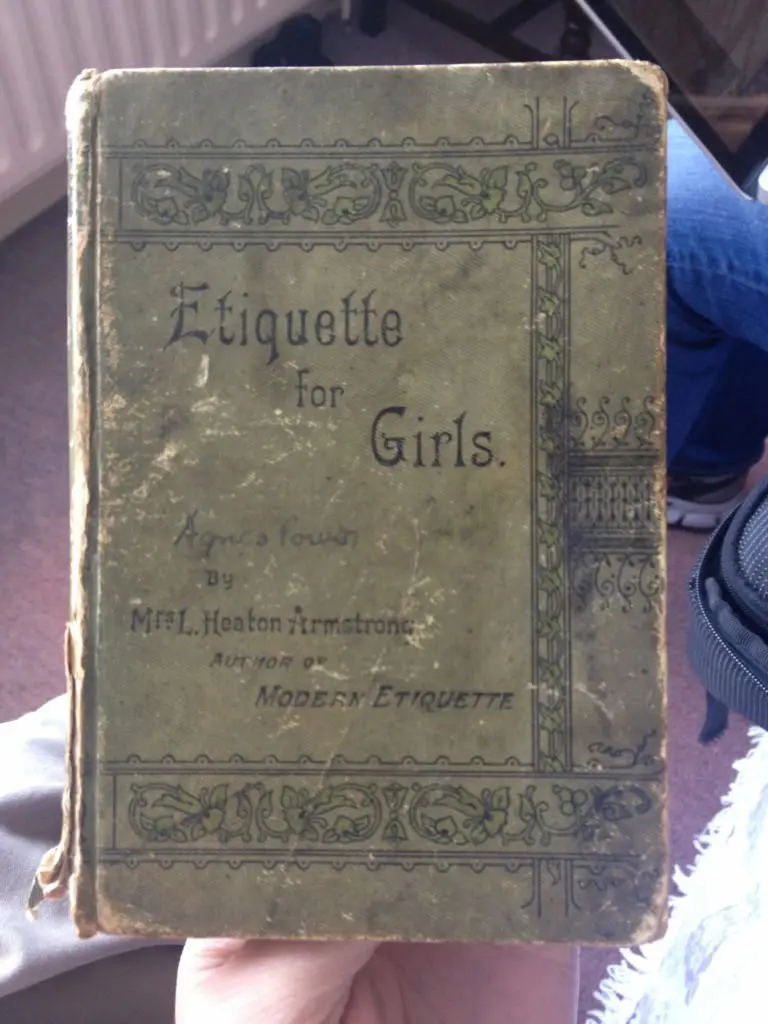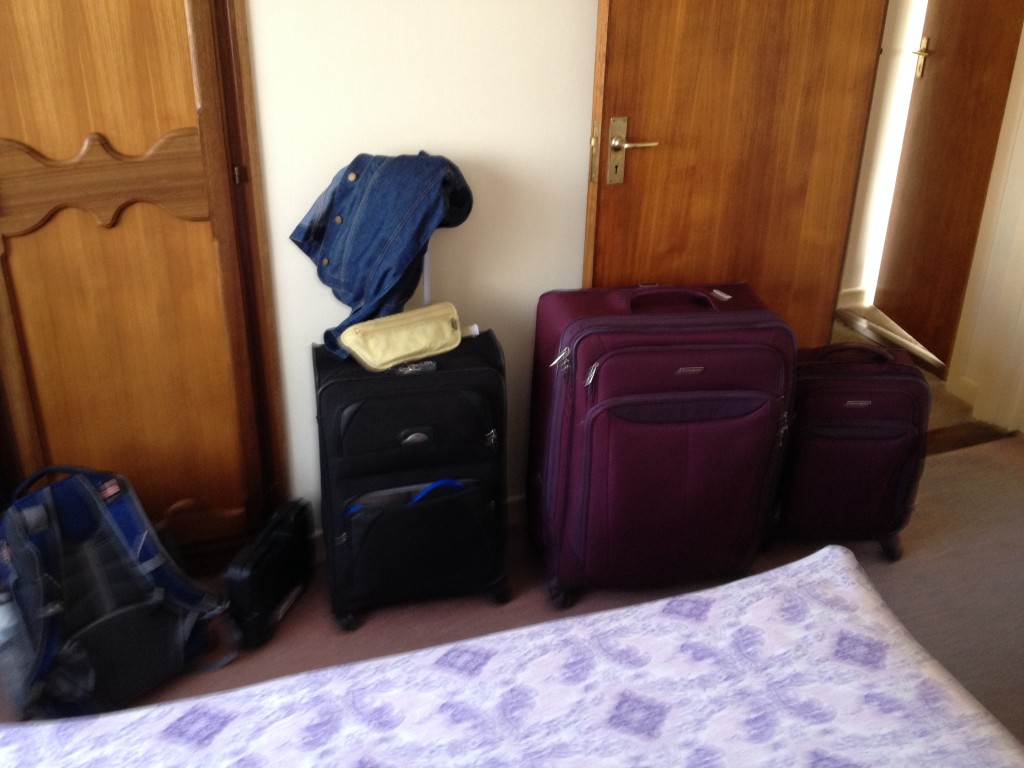Hidden Gems in the Emerald Isle
By Elizabeth Graber and Mac Sinise
You learn a lot of strange facts in Ireland, especially when you discover a book called Etiquette for Girls by Lucie Heaton Armstrong while searching through an antique shop. That’s where this gem came from. Fortunately, it’s no longer relevant, but it makes for a good laugh.
There are tons of hidden gems like this, mostly “unwritten laws” (that’s another line from Etiquette for Girls) and more benign. The world of traditional music (trad—yes, people actually call it that) is layered with meaning. First of all, the so-called traditional music we know and love is a relatively recent phenomenon: the iconic recordings that sparked a worldwide obsession with all things Irish happened in America in the 1920s. Riverdance premiered in 1994. While some songs, tunes and dances may be centuries old, others are decades old, and more are being composed as you read this.
Blas is the Irish word for taste. The program is designed to offer a taste of the trad world, by introducing students to tutors for one or two days at a time, offering concerts and nightly sessions, and including lectures on various topics of interest to traditional music in Ireland.
Mac’s idea of coming here out of college was to relax and absorb as much music as possible, free from academic requirements. Being new to Irish music, the Blas program was a perfect way to ease into a somewhat unfamiliar style. The guitar is actually very new to Irish music, and is still finding its place. Even though he’s a beginner, everywhere he goes he’s welcomed into the musical community. In addition to musical revelation and experience, he learned how not to pack, how to say “Hello” in Irish, and came away from the program with more questions than answers—what Irish World Academy founder Míchéal Ó Súilleabháin predicted would happen. This is only the beginning of Mac’s relationship to Irish Traditional music.
Elizabeth’s goal for the Blas program was much more academic. She’s taught herself most of what she knows about trad and came to Ireland for the summer to study and do research. Since her background is more institutional, she’s spent this program learning to get out from behind the desk, dive into unfamiliar situations and make the most of them, and have fun doing it. She’s finding so many exciting insights and questions, and meeting truly incredible people.
Blas catered to both of us. Days started at 9:45 Irish time, which meant getting up at 9-ish and showing up to the morning lecture somewhere around 9:50 and still being there before the dancers finished their warm-up, and with about 5-10 minutes to spare before the lecture actually started. After the morning lecture, we headed to masterclasses for an hour and 45 minutes, where we learned from such masters in the world of trad as Louise Mulcahy, Matt Molloy, Steve Cooney, Alan Colfer, Jim Higgins, et al. The tutors were featured in concerts at lunchtime, giving us really no time to eat lunch, but that’s okay because nothing starts on time. After the concert, we spent an hour learning key terms in Irish, like is ceoltóir mé and go raibh míle maith agat. Look them up. Another hour and 15 minutes of masterclasses took up the afternoon, and a final lecture finished out the day.
Lectures included such topics as Irish-Indian musical connections, Irish religious song. We had 30 minutes of free-wandering time before dinner, which constituted an enormous pile of food: chips (fries), veg (vegetables—yes, they call it that too), some sort of meat or vegetarian option, and dessert. Everything but the dessert was shoveled onto the same plate. It was delicious, especially when you missed lunch for the lunchtime concert.
The only time for practicing was between dinner and the session—a gathering of musicians in a pub to play tunes together—but only some people actually practiced. The rest of us got on the computer or napped or took a walk along the River Shannon, which runs right through campus.
Sessions varied a lot from day to day. Blas students came from wildly different places: countries from China to America to Poland, ages from 15 to 50s. People came from all different cultural and musical backgrounds, with the commonality of sharing in Irish music, playing and learning together in the social environment of the session. We sat in a circle and played tunes, many of which were unnamed because we couldn’t remember the names, except for “I Buried My Wife and Danced On Her Grave,” a personal favorite of Mac’s.
Irish music is community. It’s welcoming and inviting. It’s relaxing to be in a musical environment free of competition or the idea of “being good enough,” where you can just be at a basic level and join in the craic. If you walk into a pub where a session is happening and you’re holding an instrument, everyone there will tell you to sit down in the circle and start a tune.
On arrival, grab a pint, sit down and pick up your instrument. Play along, if you know the tune. Disappoint a lot of people if you don’t know the tune. If you sit with an instrument and don’t play for too long, someone will get concerned and ask if you know a particular tune, or just make you start one to make sure you’re participating (Elizabeth is speaking from experience).
Because the guitar is a relatively new instrument that hangs back and accompanies, occasionally session participants will ask the guitar player to sing a song. Mac did this a few times, bursting into such iconic Irish ballads as “All Apologies” by Nirvana and “Let Down” by Radiohead. Luckily, when they say “sing us a song” they don’t necessarily expect an Irish one; they just want to hear music, and they’ve enjoyed Mac’s insistence on sticking to the traditional. (They actually did enjoy it, though.)
Neat bit of irony to Irish music: all Irish songs are sad, even the happy ones (“The Wee Weaver,” about the man who didn’t get to marry Mary, even though Mary and Willie lived happily ever after), and almost all Irish tunes are happy, even the sad ones (“The Cow on the Bonnet,” about when a cow ended up on the roof of the composer’s car).
To conclude, we’d like to reflect once more on the infallible writings of Ms. Armstrong:
A girl should not waste much time on useless letter-writing, but she should remember to write to people to whom a letter is always welcome, such as to relatives at a distance, to invalids, or people who lead lonely, monotonous lives.
We hope this letter was welcome to someone. If you have any disagreements, please take them up with Lucie Heaton Armstrong. Here’s to non-monotonous lives.
Written by Elizabeth Graber and Mac Sinise
Performing Arts Abroad Music Students in Ireland
For more information about our Blas Summer Music Program in Ireland, go here.




